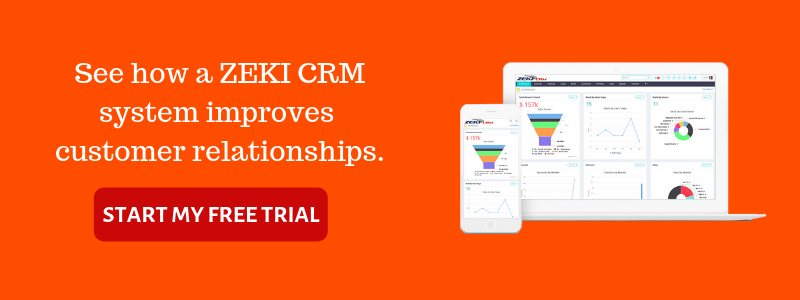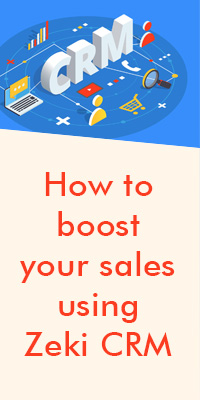You invested in a fully featured super CRM, but your team is still apprehensive in using it. A CRM is only as good as the information you feed into it.
A CRM is a great tool for organizing and enhancing your sales conversion and relationship management capabilities. It lets you capture invaluable customer information and preferences and ensures continuity of such intelligence even when the relationship owner leaves the organisation. It also lets the management be on top of their sales function, take meaningful manpower and marketing related decisions which not only lets them save cost but also to achieve more out of such investments. Most of this information is available on a click in terms of reports and dashboards which can be customized to both macro and micro view. However most organisation may feel that the CRM has not delivered what it promised. Not eliminating the possibility that you invested in a bad CRM product, more often it is the garbage in garbage out which renders a great platform ineffective.
You may start with once again analyzing whether the promised features in the CRM were actually delivered or not. Once you are convinced that there is no need to modify or get another CRM, try out following steps for enhanced user adoption in your organisation:
Share, not train
Most companies leave it to CRM companies to provide training to their staff. Such trainings are seen as something imposed by management. The trainers are quite mechanical and focus on features of the tool. Without a reference point, most users do not understand the relevance of inputting such information points or updating various steps of leads and opportunities. They may never take effort to understand the difference between a lead and an opportunity or the importance of updating a call report in the system.
It may be better to share your dashboard with the users and tell them exactly how to interpret a data. A salesperson who may be doing a lot of calls but not updating in system should know the subconscious impression you are creating in your mind about her. As you explain how you perceive a report, salesperson will remember at the time of inputting a data.

Break the Inertia, start from the top
It is often seen that the management keeps itself outside the purview of inputting data while emphasizing everyday in importance of using CRM. The change has to start from the top. Start logging your meetings and other details. Download reports and send to middle and lower management so that they understand how serious you are about this initiative. Any culture change is most effective when there is no instance of hypocrisy.
Monitor closely who are your early adopters and reward them in some manner so that the word is passed on and more users are influenced into using it. Publish any success stories so that late users see the case in adopting the tool to their benefits.
Use reports for reviews
Do you keep pushing CRM usage, but still sit with spreadsheets print in your sales review meetings? It not only displays duplication but also sends a message that CRM is only a record keeping tool. When you take prints of reports directly from the CRM you make it clear to everyone that this is the data you will rely upon. So if a salesperson misses out on logging a call or a sales, you may feel bad for her but politely point out that you will still follow the data which is thrown by the system in all your reviews. It will accelerate the adoption because everyone wants to look good in reviews.
For first couple of reviews, send the reports before the meetings so that people have chance to correct mistakes and omissions. This will inculcate a habit.
Conclusion
Every change is difficult to implement. People are comfortable using spreadsheets and notes for managing their sales data.
With some carefully planned steps, you will be able to get the most out of your sales function.




